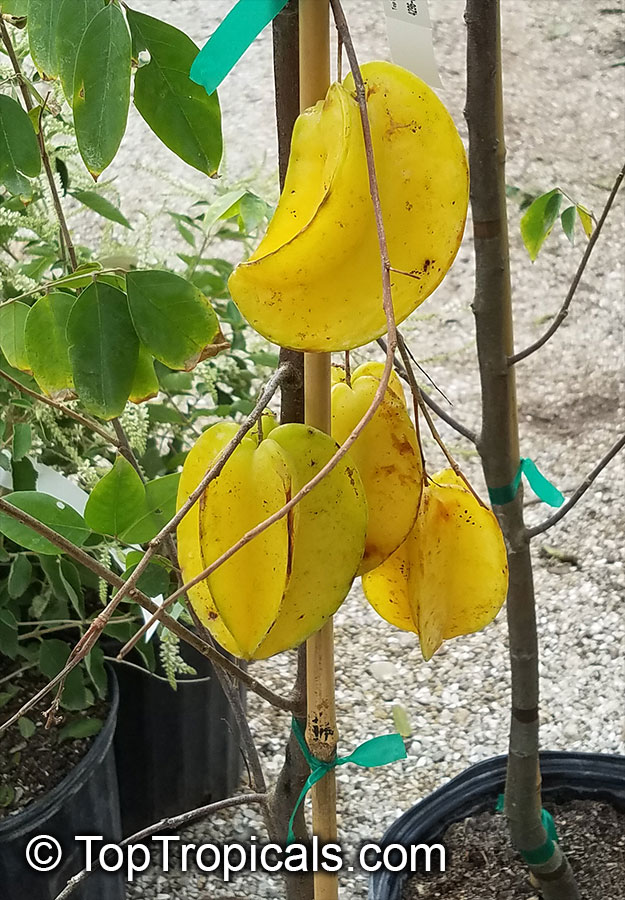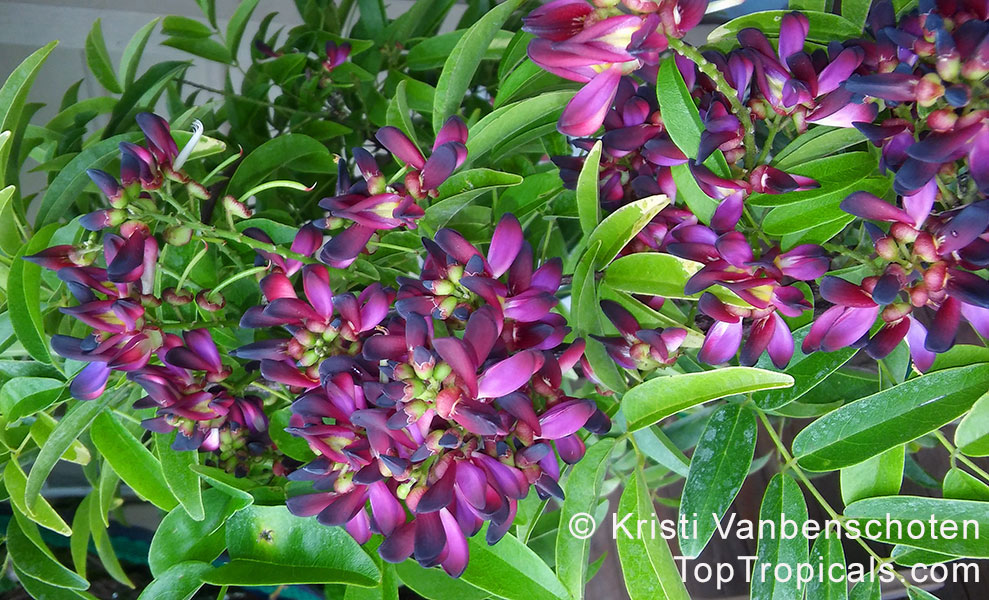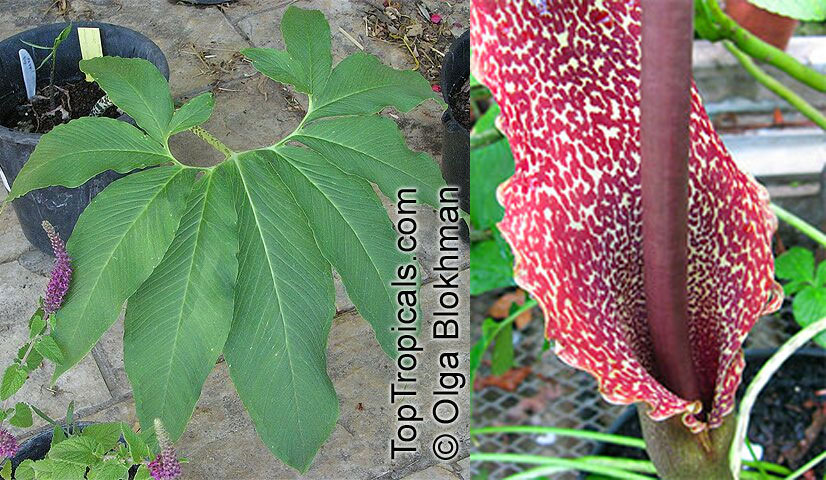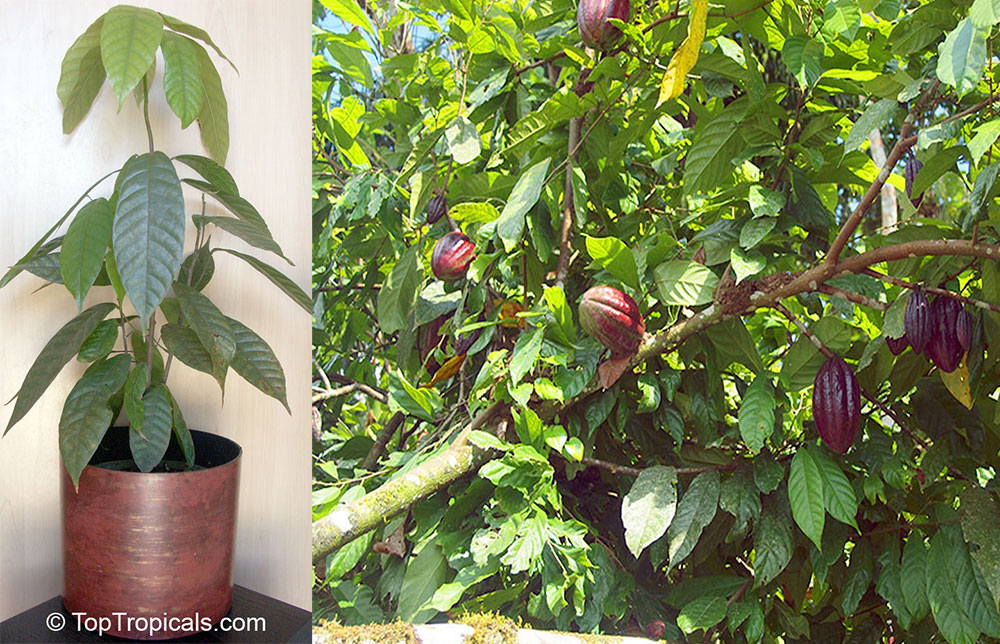Date:
Secrets of Happy Bougainvilleas
Q: When I visited Hawaii I saw their everblooming bougainvilles, flowering non-stop! How come our bougainvilles in Florida are not flowering as much? Is there any special secret to make them bloom?
A: Bougainvilleas prefer drier climate and especially drier summers. Florida summers are rainy and humid. The steaming greenhouse conditions are favorable for most tropical plants (except desert plants like most cacti). Bougainvilleas also grow vigorously in Florida heat and frequent rains, but most cultivars prefer dryer conditions for profuse flowering. These are a few tips that can help you grow happy Bougainvilleas and enjoy their showy flowers even in humid climates:
- In Florida, Bougainvilleas bloom mostly in Winter. If you are a
snowbird, this plant is definitely for you!
- Choose sunny, dry, and elevated location for Bougainvilleas, never a
low spot and never a shade spot. Give it as many hours of sun as possible.
- Use only well-draining soil. Usually, sandy soils work well when
mixed with some compost. If your soil is too heavy, add soil conditioners like
perlite, bark, sand.
- Take advantage of cultivars that are well adapted to humid climates:
Dwarf
Everblooming Pixie, Thornless B. arborea.
- Remember Bougainvilleas are the easiest and the most rewarding potted
plants.
- Use bloom boosters along with well-balanced slow release plant food.
We recommend these: Pink-N-Good flower booster and smart-release granulated Tropical Allure.
- Do not overwater and keep the plant on a dry side.
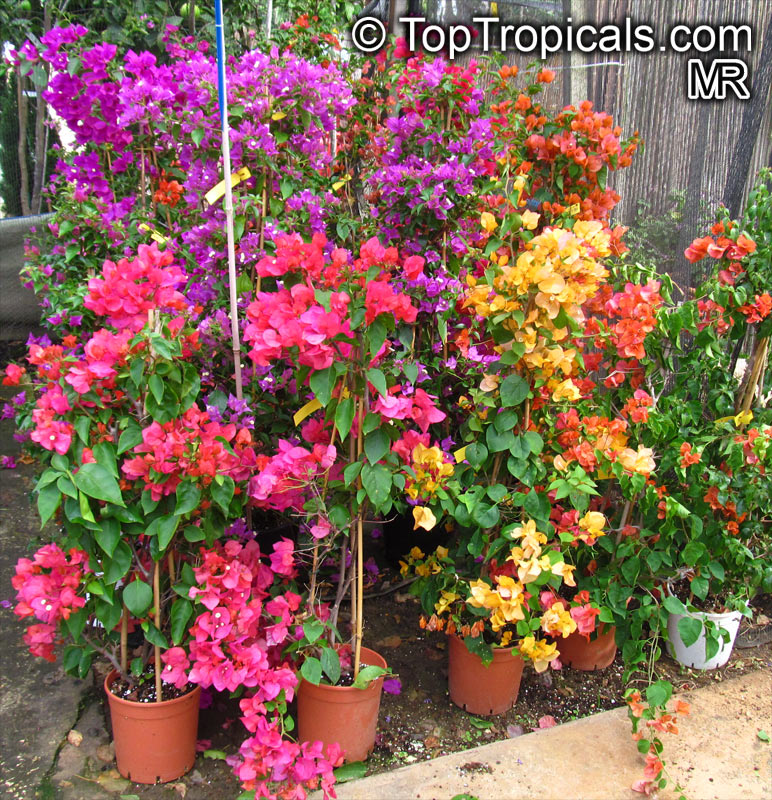

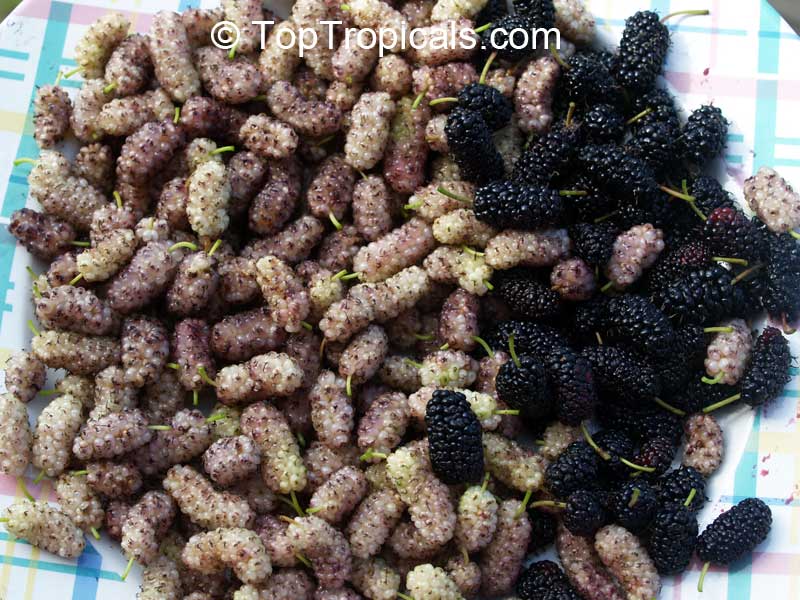
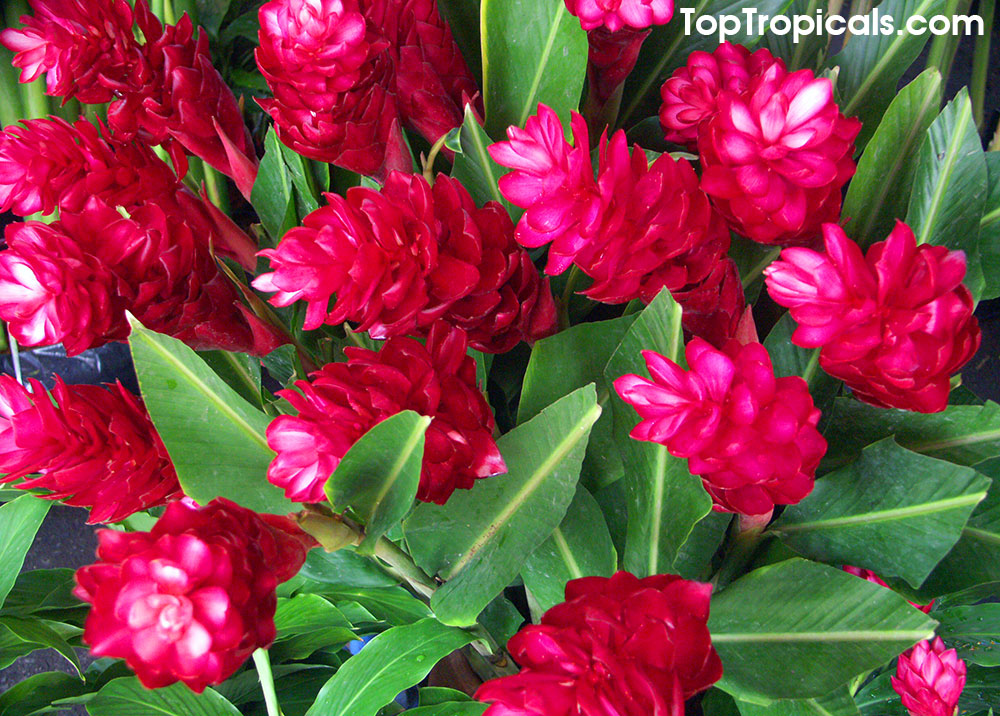

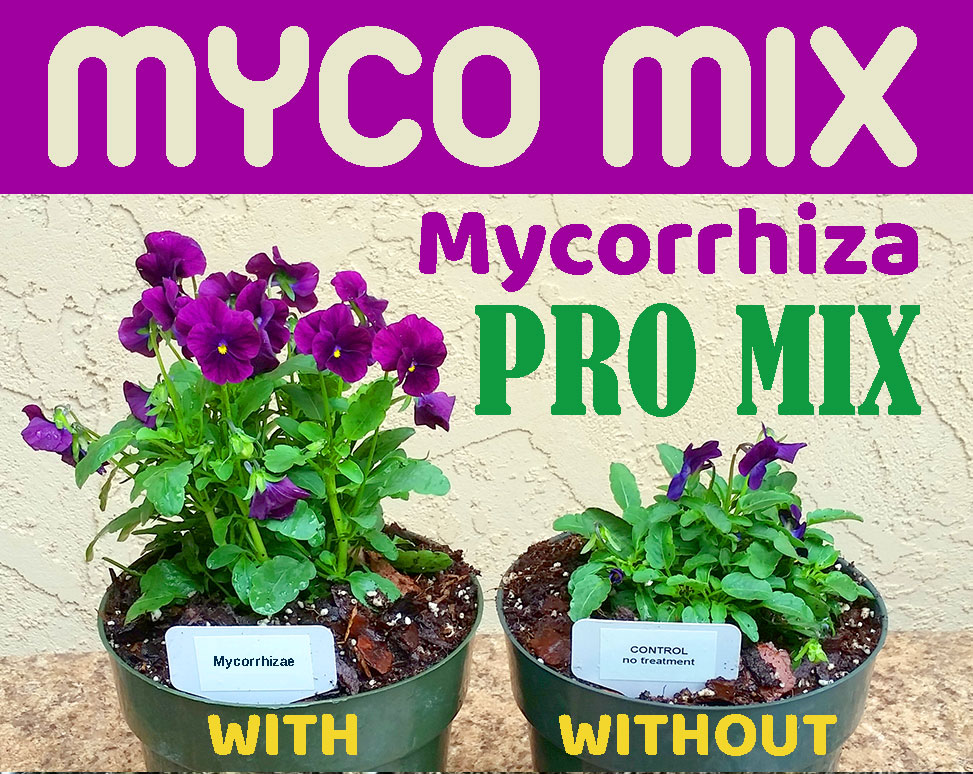
 A word from the owner...
A word from the owner...

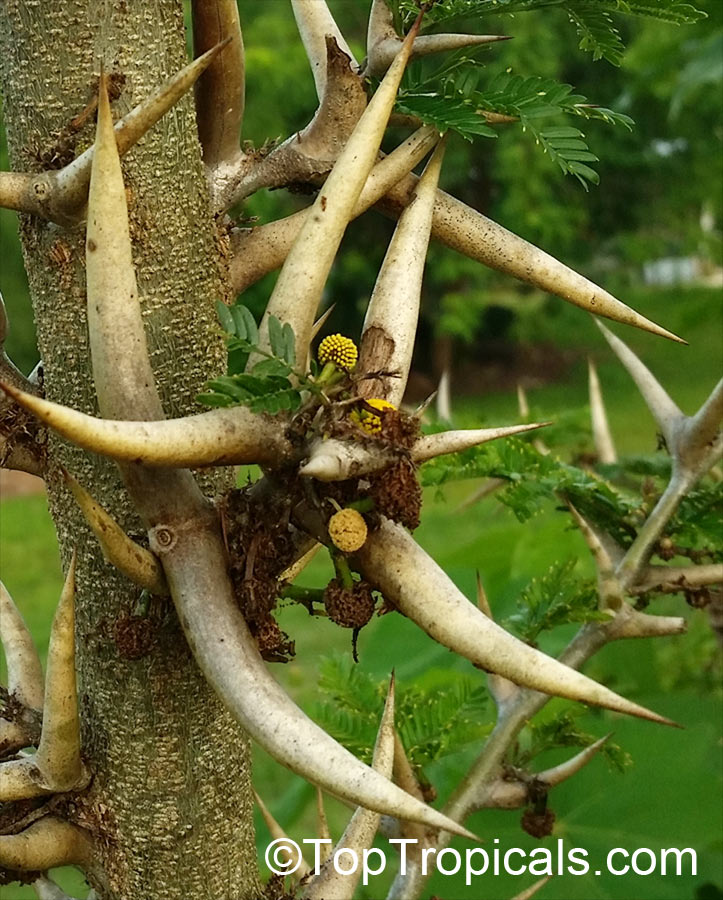
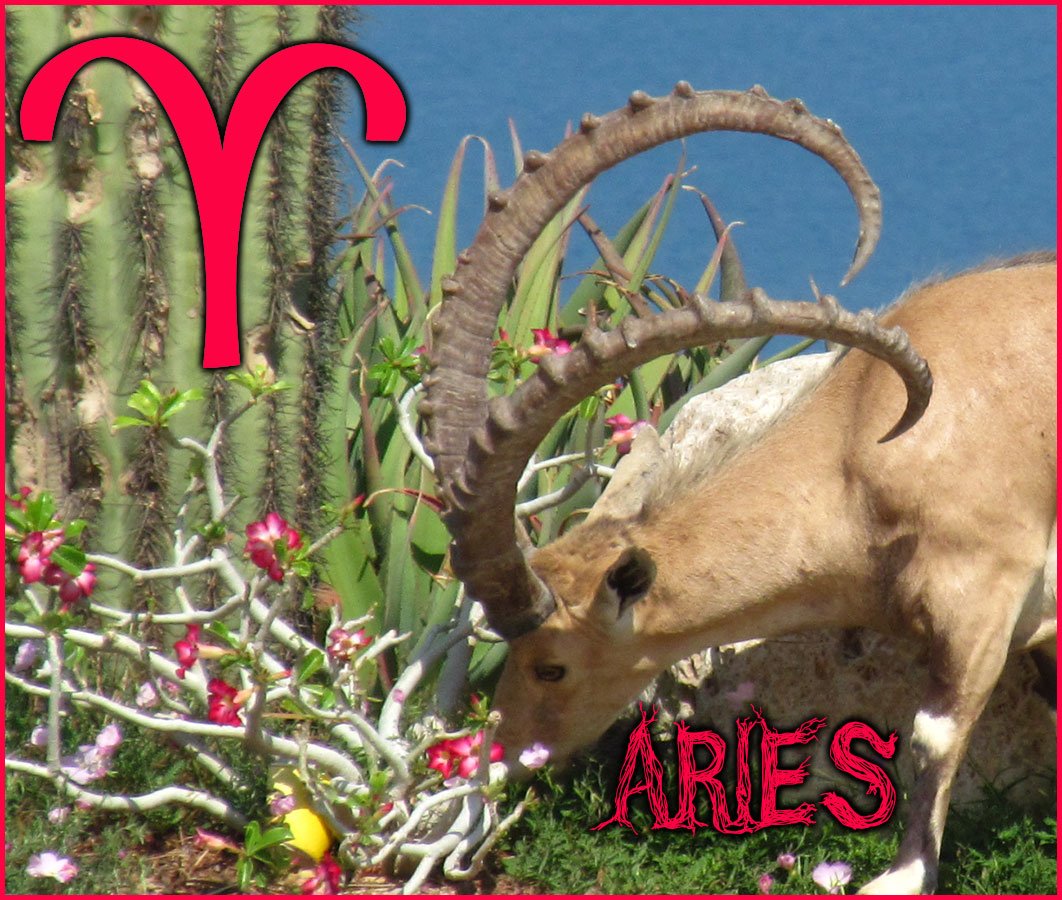

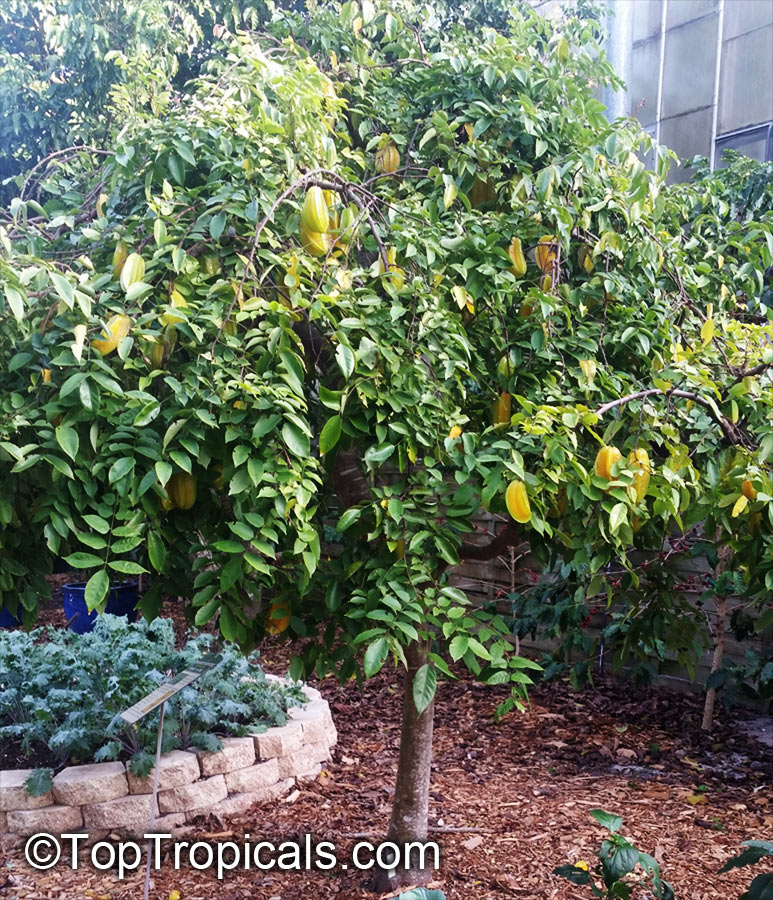
 Q: I live in Southern Ohio and love growing lots of tropical plants.
In the warm months, they all go outside under the protection of tall trees,
but in the cold months, they all come inside in a snug but very brightly lit
sun-room. For many years I have successfully kept a dwarf Meyer's lemon which
amazes my friends, and I am wondering if you could suggest some other dwarf
tropical fruit tree which I might be able to grow that would amaze them even
more?
Q: I live in Southern Ohio and love growing lots of tropical plants.
In the warm months, they all go outside under the protection of tall trees,
but in the cold months, they all come inside in a snug but very brightly lit
sun-room. For many years I have successfully kept a dwarf Meyer's lemon which
amazes my friends, and I am wondering if you could suggest some other dwarf
tropical fruit tree which I might be able to grow that would amaze them even
more? 